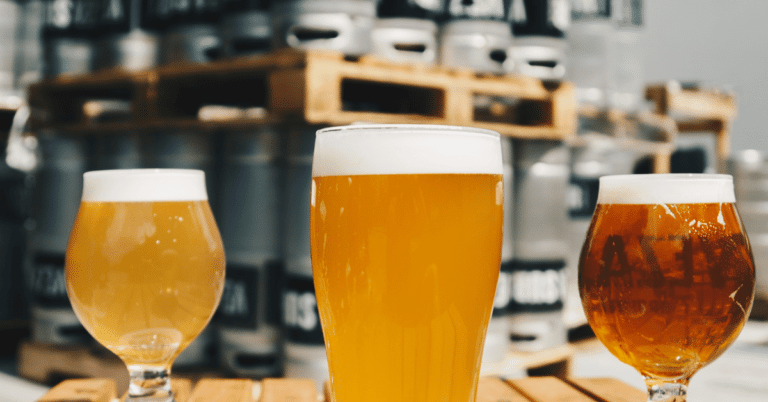One of the most significant changes to hit the brewing industry in recent years is the rise of craft beer. Tapping into an increasing interest in unique and locally produced beers, small and independent breweries focus on pushing the boundaries to create diverse and exciting flavors.
Beer drinkers obviously approve. Craft breweries have seen success across the country. But this success is built on more than tasty beer: clever marketing, engaging branding and continued innovation are also key. Two Central Alabama craft breweries shared a behind-the-scenes look at the business of brewing.
Foaming Facts
According to the Brewers Association, the market for craft beer is still growing, accounting for 13.2% of the U.S. beer market by volume in 2022.
Retail dollar sales of craft beer now account for 24% of the current $115 billion U.S. beer market. This indicates that the demand for craft beer is increasing and is becoming a significant player in the industry.
What Is a Craft Brewery?
A craft brewery is a small and independent brewery that could be defined as a microbrewery, brewpub, taproom, etc. Craft beer is growing in popularity among millennials and Gen Z due to these groups’ desire for its varied flavor offerings and their appreciation for unique local brews.
Common Bond Brewers
Common Bond Brewers, a brewery and taproom in Montgomery’s downtown entertainment district, opened its doors in 2018. But like many other business ventures, the groundwork began long before that. The idea to open a brewery started in 2014 after a homebrew recipe became a finalist award winner in a local contest. Over the years, Common Bond Brewers has brewed more than 50 different beers. Andrew McNally, President/Head Brewer at Common Bond Brewers, said there are no current plans to expand. Instead, the brewery is focused on solidifying itself as Montgomery’s craft beer as well as one of Alabama’s best craft breweries.
Common Bond Brewers annually produces just shy of 1,000 barrels of beer, which equals 28,000 gallons or 12,000 cases.
What\’s Brewing
- 10 to 16 different draft offerings with four year-round beers: Zelda Blonde, Single Bond IPA, Ramber Amber Ale, and Crema Stout.
- Four to five rotating beers, one to two seasonal beers and one to two belgian-style ales.
- Occasionally one to two limited-edition small-batch beers.
Railyard Brewing Company
In 2010, the Montgomery Brewing Company—the first legal brewery in the state since the prohibition—closed down. In September 2012, Railyard Brewing Company opened and later combined with Dreamland BBQ. Bob Parker, Managing Partner of Dreamland BBQ and Railyard Brewing Company ,offered this advice on successful brewing. “You need to be resilient and able to adapt to changes.” But he also offered this caveat. “Personally, I would recommend opening up a brewpub instead of a package brewery, so you can sell things other than your own beer. As a brewpub, you aren’t limited to strictly your own product. Because of this, we are not so worried about the trends in the alcohol industry. As long as our customers love to eat barbecue and drink beer, we’ll be alright.”
What\’s Brewing
- This Pale Ale
- Y\’all Light Lager
- Juice Train IPA
- Marzen-Märzen
- Amber Lager
- Pineapple Shakedown
Looking to Open a Brewery?
Andrew McNally, President/Head Brewer at Common Bond Brewers, shared his thoughts on new brewers joining the industry. A few factors to consider before becoming a brewer:
- Brewing beer requires skills in science, quality control, understanding local tastes, attention to detail and understanding marketing trends.
- Brewing takes countless hours and time-sensitive issues arise that must be immediately remedied, or they could result in a lost batch of beer.
- The industry comes with its specific challenges including the tedious process of navigating varying federal, state and local regulations.
- The industry is constantly changing, so breweries must be nimble and willing to experiment with new brews and appeal to new trends as they arise.
- The industry provides opportunities in more than brewing science; it also employs a diverse range of jobs such as marketing, HR and design.
“I always encourage people who are looking to open a brewery. The more local craft beer, the more growth for all brewers,” he said. “But, I also tell them the truth about the hard work that lies ahead.\”







